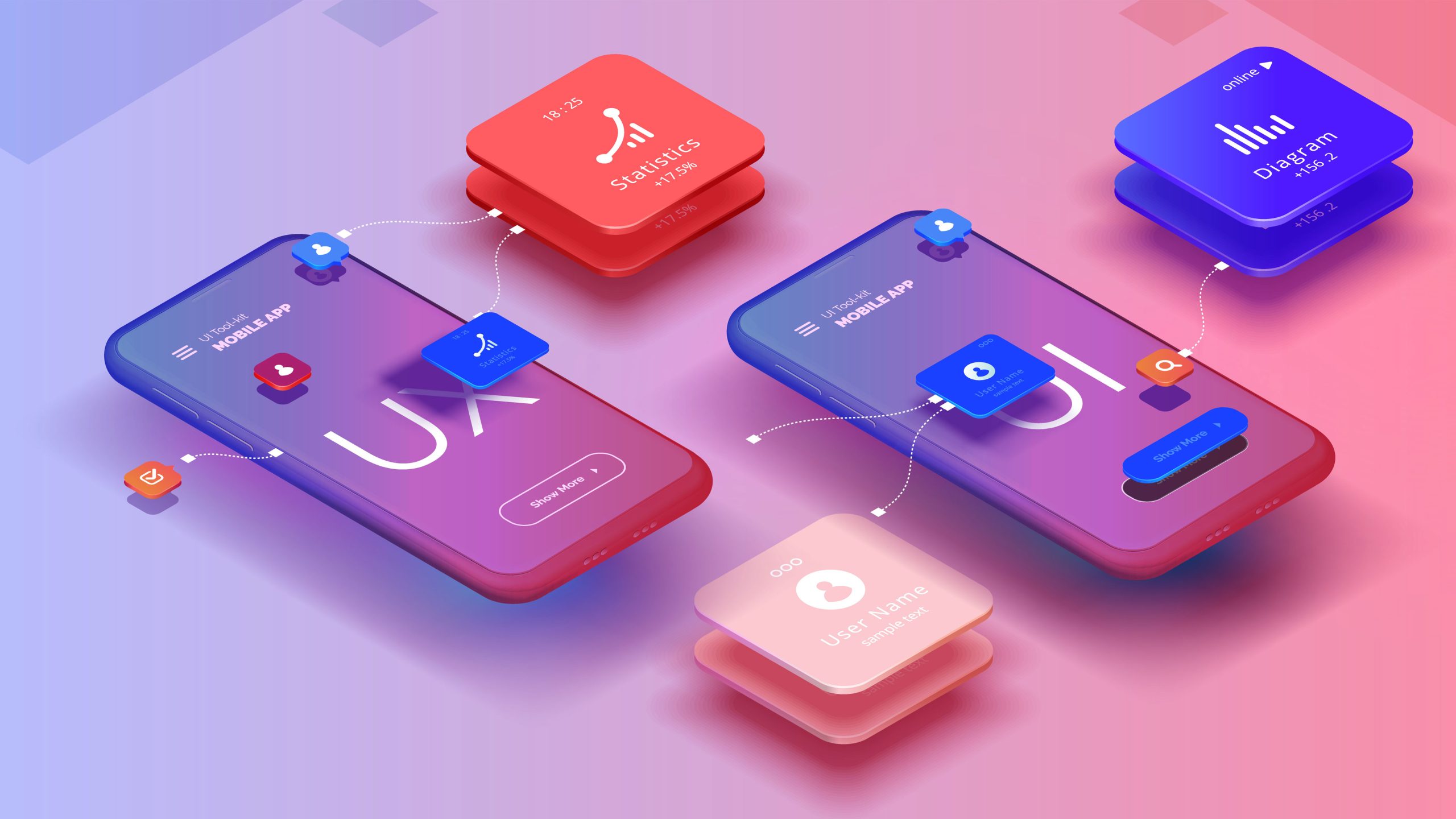When you think about the most enjoyable digital experiences, what comes to mind? It’s probably not clunky navigation or struggling to find what you need. A seamless digital experience happens when everything just works—smooth, easy, and without you even thinking about it.
That’s where UX/UI design services come in. They’re not just about making something look pretty. They’re about making sure everything works together in a way that feels natural to the user.
What Makes a Digital Experience “Seamless”?
A seamless experience isn’t about flashy features or complicated designs. It’s about simplicity. It’s when a website, app, or platform feels intuitive—you don’t have to second-guess anything. You can move from one task to another without hitting roadblocks. Things load quickly, buttons are where you expect them to be, and everything feels like it’s built for you. It’s easy to navigate, it feels comfortable, and it leaves a positive impression.
How UX/UI Design Services Make This Happen
1. Starting with the User
Before any design starts, UX/UI services need to get to know the people who will actually use the product. This isn’t about making assumptions—it’s about real research. This can be anything from talking to users, observing their behavior, and testing prototypes. All this data gets turned into insights, helping designers create experiences that hit the mark.
2. Organizing Information the Right Way
Ever been on a website or app where you couldn’t find what you were looking for? Frustrating, right? UX/UI designers solve this by creating a structure that makes sense. Information is organized logically, with clear paths to help users get where they need to go without confusion. The goal is for someone to land on your site and immediately know how to move around.
3. Adapting to Any Device
Not everyone is accessing digital platforms on the same device. Whether it’s a phone, tablet, or desktop, the experience should feel the same. UX/UI services make sure designs are responsive—meaning they adapt to whatever screen size you’re using without losing any functionality. That way, users can have the same smooth experience, no matter what device they’re on.
4. Making It Visually Pleasing
Let’s face it—looks matter. A lot. People are drawn to things that are easy on the eyes, and the same goes for digital products. A good UX/UI design uses colors, fonts, and images that not only look great but also align with your brand’s vibe. More importantly, it makes everything easier to read and navigate, which keeps users engaged and happy.
5. Small Interactions That Make a Big Difference
It’s the little things that can really elevate an experience. Microinteractions—like buttons changing when you hover over them or small animations when something happens—make the whole experience feel more interactive and enjoyable. It’s those tiny moments that can make someone feel like the design is “alive” and responsive to their actions.
6. Testing and Improving Over Time
The work isn’t over after the design is launched. UX/UI designers keep testing and tweaking, gathering feedback, and making improvements. The digital world moves fast, and what worked a year ago might not be as effective today. That’s why continuous testing and updates are key to keeping the experience smooth and relevant.
What’s New in UX/UI Design?
- Personalization with AI: Imagine a website or app that adapts to you the more you use it. That’s what AI-driven personalization can do. It analyzes your behavior and makes suggestions or changes based on what you like. It’s like having a platform that gets to know you better the more you interact with it.
- Voice Interactions: Voice is becoming a big deal, especially with the rise of voice assistants. Designing platforms that let users interact through voice is about making things more accessible and convenient, especially for people who prefer speaking over typing.
- Augmented Reality (AR): AR is taking digital experiences to the next level. By blending the digital and real worlds, AR lets users interact with products in ways they couldn’t before. You can see how a piece of furniture looks in your living room or try on clothes virtually, all thanks to smart UX/UI design.
- Inclusive Design: UX/UI design isn’t complete without accessibility in mind. Ensuring your design is usable by everyone, including people with disabilities, is essential. From text-to-speech tools to color contrast adjustments, inclusive design makes sure no one is left behind.
Wrapping Up
In the end, seamless digital experiences are built on thoughtful, well-executed UX/UI design services. These designs don’t just look good—they work in harmony with the user, making interactions feel natural and enjoyable. By focusing on the user, embracing new trends, and continually improving, businesses can create platforms that users not only want to visit but enjoy using time and time again.

